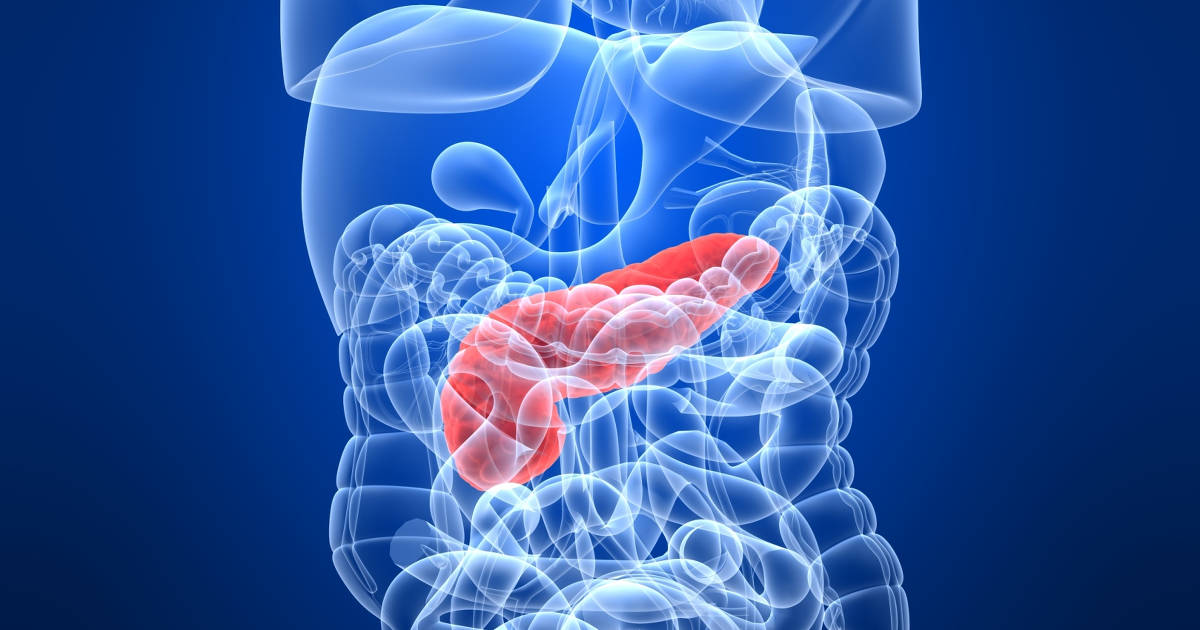What Are The Complications Of Thalassemia?
Thalassemia is a genetic blood disorder that occurs when an individual has less hemoglobin and lower counts of red blood cells in their body than they should. Because red blood cells and hemoglobin are responsible for the delivery of oxygen to all of the tissues around the body, an affected individual will develop anemia and feel frequently fatigued. Thalassemia happens when an individual has mutations in the DNA of the cells responsible for producing hemoglobin. Most of these mutations can be passed from a parent to their child. The majority of thalassemia patients develop symptoms within the first several years of their life. Diagnosis is made upon specific characteristics identified in a blood test. Thalassemia can vary in severity from requiring no treatment to requiring blood infusions or a stem cell transplant. Several possible complications can occur in individuals with untreated thalassemia.
Increased Risk Of Infection

A common and dangerous complication that occurs in thalassemia patients is an increased risk of infection. Thalassemia can cause an individual's body to become immunocompromised or a state where the body's infection-fighting defenses are not functioning correctly. The mechanism that causes an immune compromise in these individuals involves the spleen, which sits just under the ribs on the left side of the abdomen. The spleen is responsible for several things including the production of blood cells, monitoring blood for infections, and filtering the blood of wastes. Once the spleen detects an infection in the blood, the individual's body can start the process of fighting it off. However, a thalassemia patient has an overwhelmed spleen. Because the bone marrow cannot make enough healthy blood cells on its own, the spleen tries to compromise by attempting to make more blood cells than it usually would. This effort results in an impairment of the other functions the spleen is responsible for performing including the monitoring of blood for infections. When the spleen is not monitoring as it should be, the patient's body will be prone to invasion by viruses, bacteria, fungi, and parasites that can multiply into a full-blown infection.
Uncover more complications linked to untreated thalassemia now.
Splenomegaly

Splenomegaly, an enlarged spleen, is a complication often seen in thalassemia patients. The spleen is responsible for performing numerous functions for the body like producing lymphocytes or white blood cells, filtering and dismantling old or damaged blood cells, and storing platelets and red blood cells. Thalassemia is often accompanied by the demolition of high numbers of red blood cells. The spleen filters these cells from the blood and then removes the iron and globulin from them for reuse. When parts of red blood cells accumulate in the spleen from increased cell destruction, the organ enlarges. Iron also abnormally accumulates in the spleen because the organ is so overwhelmed that it does not carry out the rest of the iron recycling process. At that point, the spleen continues to work hard to filter the large quantities of dying or dead red blood cells, taking in some healthy red blood cells and platelets during the process. This mechanism causes further enlargement of the spleen. This spleen malfunction can even adversely affect the lifespan of healthy red blood cells a patient has received through a transfusion.
Learn more about possible thalassemia complications now.
Congestive Heart Failure

Congestive heart failure is a common complication seen in individuals with thalassemia. Two mechanisms cause congestive heart failure in these patients. The anemia that occurs from thalassemia causes the heart to beat at an abnormally rapid rate in efforts to compensate for poor oxygen delivery. Over time, the heart itself becomes enlarged from working extremely hard. Most patients affected by this complication develop an impairment in the ability of the heart to empty blood from the left ventricle and pump it into the aorta. From the aorta, the blood goes to re-oxygenated tissues around the body. This impairment is often accompanied by dilation or stretching of one or both of the heart's ventricles. When the ventricles stretch, they become weaker than they should be. Once the dilation and functional impairment of the ventricles can no longer meet the body's need for blood supply, the patient has congestive heart failure. When individuals with thalassemia are treated, the treatment may result in an iron buildup in multiple organs throughout the body including the heart. This toxicity can also contribute to the development of congestive heart failure.
Get more information regarding complications associated with thalassemia now.
Iron Overload

Individuals with thalassemia are often treated with a regimen of blood transfusions to compensate for the lack of healthy red blood cells. Blood transfusions can cause an excess amount of iron in the body. Thalassemia patients may also develop iron overload when their small intestine tries to compensate for the disorder by absorbing too much iron from food. When iron is circulating in the blood around the body, it is bound to a protein called transferrin. The binding of iron to this protein ensures only the tissues that need the iron will actually receive it. This mechanism protects other tissues around the body from iron toxicity. When there is more iron in the blood than there is transferrin for it to bind with, the iron can enter any organ. When large amounts of iron enter the issues of an organ, the organ becomes toxic. Critical organs such as the liver, kidneys, pancreas, and heart are very sensitive to iron toxicity, and their tissues become damaged as a result of iron overexposure.
Discover additional thalassemia complications now.
Bone Deformities

Bone deformities may occur in some thalassemia patients as a complication of the disorder. The nature of thalassemia causes the affected individual to have anemia or too little healthy red blood cells. The body responds by trying to compensate for this lack of healthy red blood cells by attempting to produce more. Since the bone marrow is the site of red blood cell production, this spongy part of the bone expands in an effort to produce more red blood cells. The irregular bone marrow expansion causes the bones to widen and become brittle. Because symptoms of thalassemia occur in the early stages of an individual's life, the affected bones may grow incorrectly into abnormal or deformed shapes. The most common bones to be affected by this complication are the long bones of the legs, bones in the arms, and particular bones in the face. These deformities in the face can give the affected individuals a number of distinctive facial features. The bones affected by this complication are also prone to fracturing upon minimal impact.